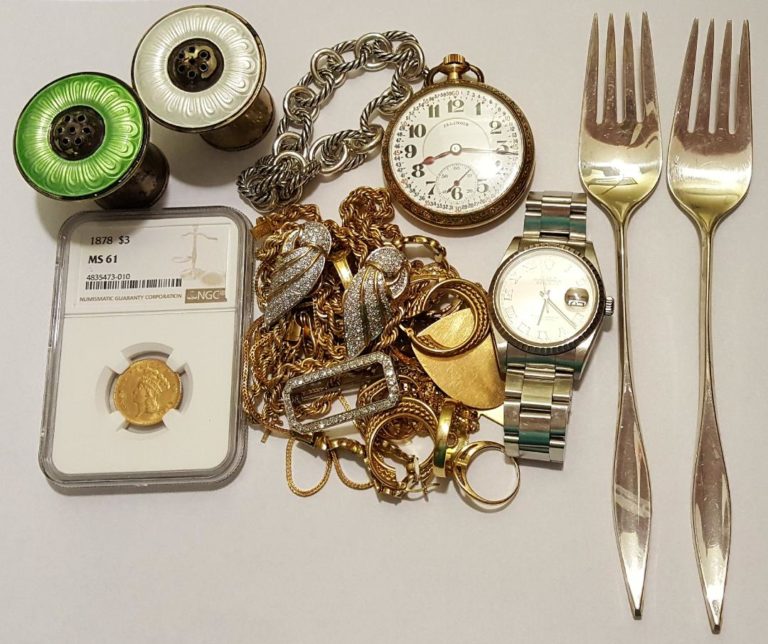Ensuring the Credibility of Gold Documents Through Thorough Validation Techniques
Wiki Article
Gold documents are significant monetary instruments that indicate ownership of a particular amount of gold. They serve as proof that an person or institution holds a certain amount of precious metal, often held in a safe place, such as a financial institution or a storage facility. The trustworthiness of these certificates is crucial in maintaining the trust of stakeholders and the reliability of gold as a form of money and investment. To maintain this credibility, comprehensive verification techniques are essential. These methods help to confirm the authenticity of gold certificates and protect against deception.

One of the primary methods for validating gold certificates involves checking the issuing institution's credibility. Institutions that issue gold certificates should be reputable and supervised by financial authorities. By examining the history and trustworthiness of these institutions, stakeholders can gain confidence in the documents they hold. Additionally, institutions should have clear policies regarding their gold reserves and the distribution of certificates. This openness allows investors to understand how their certificates are supported by real physical gold.
Another crucial aspect of verification is the application of unique numbers and distinct codes on gold certificates. Each certificate should have a distinct serial number that can be linked back to the particular quantity of gold it represents. This helps prevent copyright certificates and guarantees that each certificate is unique. Investors can often verify the identifying number with the originating institution, which can validate whether the document is valid and linked to real gold held in storage. This process is crucial for preserving the integrity of gold certificates in the marketplace.
In addition to institutional checks and identifying numbers, independent verification agencies play a significant role in confirming credibility. These agencies focus in auditing and verifying the authenticity of gold and associated monetary documents. They can offer objective evaluations of the gold reserves held by institutions and validate the legitimacy of precious metal certificates. Utilizing independent services adds an extra layer of security and trust, as these organizations often have the expertise and capabilities to perform comprehensive reviews and audits.
Lastly, stakeholders should remain informed about the market and guidelines regarding precious metal certificates. Comprehending the current developments, regulations, and optimal practices in the precious metal market can help individuals make educated informative post choices when purchasing or investing in gold certificates. Consistently monitoring information from reputable sources can also assist in spotting any potential risks or shifts in the industry that may affect the credibility of precious metal certificates. By integrating institutional checks, identifying number validation, More Info third-party assessments, and ongoing learning, investors can ensure the trustworthiness and security of their gold certificates.